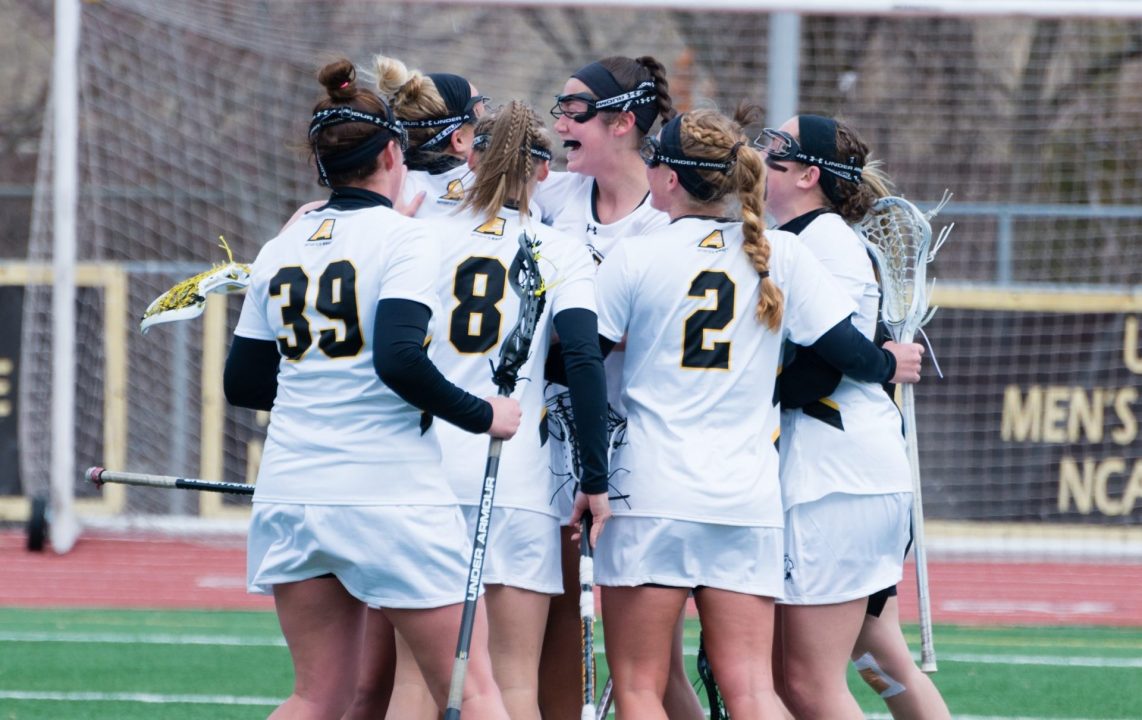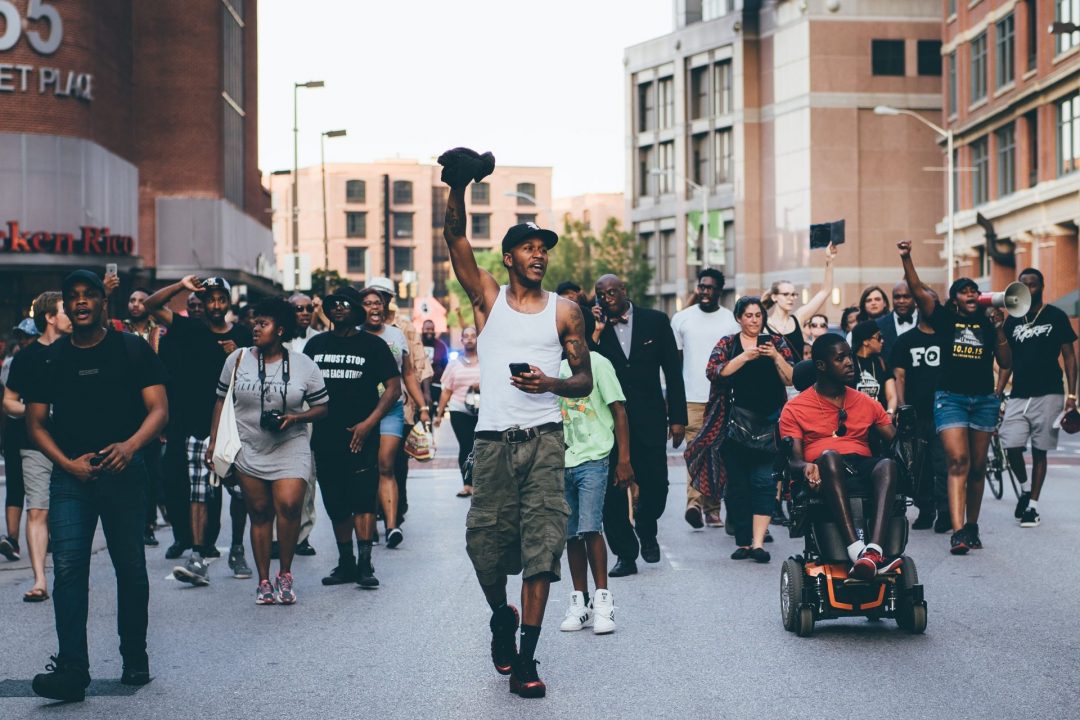NASA invites 50 applicants to see launch
NASA sent a rocket to the International Space Station for a resupply mission and invited participants of NASA Social to view the launch.
On Monday, April 13, NASA, in partnership with a private company called SpaceX, had a scheduled launch to resupply the International Space Station. The Falcon 9 rocket was used for the resupply mission. The launch was set to take place in Florida at Cape Canaveral Air Force Station.
The launch was initially planned to happen at 4:33:40 that Monday, but it was postponed until the following day. Michael Daugherty, a freshman computer engineering major who was present for the event along with 49 other people, said, “The launch ended up getting postponed due to anvil clouds. But that’s basically become the most hated word for our group of people who went. We all just hate anvil clouds now.” The launch was rescheduled for Tuesday, April 14 at 4:10:41.
The rocket contained extra supplies for the ISS as well as research projects. One of those projects pertained to synthetic muscle that is being tested to help those with muscular diseases/disorders or even for use as a muscle enhancer.
Another purpose of this launch was to make up for a previously failed attempt to resupply the ISS. The ISS always keeps approximately six months worth of extra supplies on board in case of emergencies. Part of this mission’s goal was to help start replenishing those supplies.
The NASA social group was the group, which included Daughtery, that attended this event. It consists of 50 people who applied and were selected by NASA to come to events, such as this rocket launch. NASA chooses these applicants based on their social media presence, with the hope that they will share and talk about what NASA is doing.
Along with seeing the launch of this rocket, those who participated in the NASA social group also received special tours and access to press conferences relating to the mission. These events took place on the Sunday and Monday prior to the launch.
One of the tours that the NASA social group received took place at the NASA vehicle assembly building, which is typically closed off to the public. They also toured the launch pad.
“We got to see the rocket up close,” said Daugherty. “It was from a couple hundred meters, which sounds far away, but it’s actually incredibly close.”
The group attended press conferences about the ISS, their research projects and a pre-launch briefing. Some of the conferences were televised and the group got a chance to speak to the head of NASA’s Kennedy Space Center, Robert Cabana.
The Falcon 9 launch took off successfully on Tuesday, April 14. Daugherty said, “It was an incredible education experience.” If you would like more information about NASA Social group, their website is listed at http://www.nasa.gov/connect/social/index.html and for more information on this particular launch, see: http://www.nasa.gov/content/falcon-9-roars-skyward-to-send-dragon-on-supply-run-to-station
Sources:
NASA. “NASA Socials.” NASA. Ed. Jim Wilson. NASA, 18 Apr. 2015. Web. 19 Apr. 2015. <http://www.nasa.gov/connect/social/index.html>.
NASA Social. “Experience the next SpaceX Launch.” NASA. NASA, 2015. Web. 19 Apr. 2015. <http://www.nasa.gov/spacex6-social/>.
Siceloff, Steven. “Falcon 9 Roars Skyward to Send Dragon on Supply Run to Station.” NASA. NASA, 14 Apr. 2015. Web. 19 Apr. 2015. <http://www.nasa.gov/content/falcon-9-roars-skyward-to-send-dragon-on-supply-run-to-station>.




